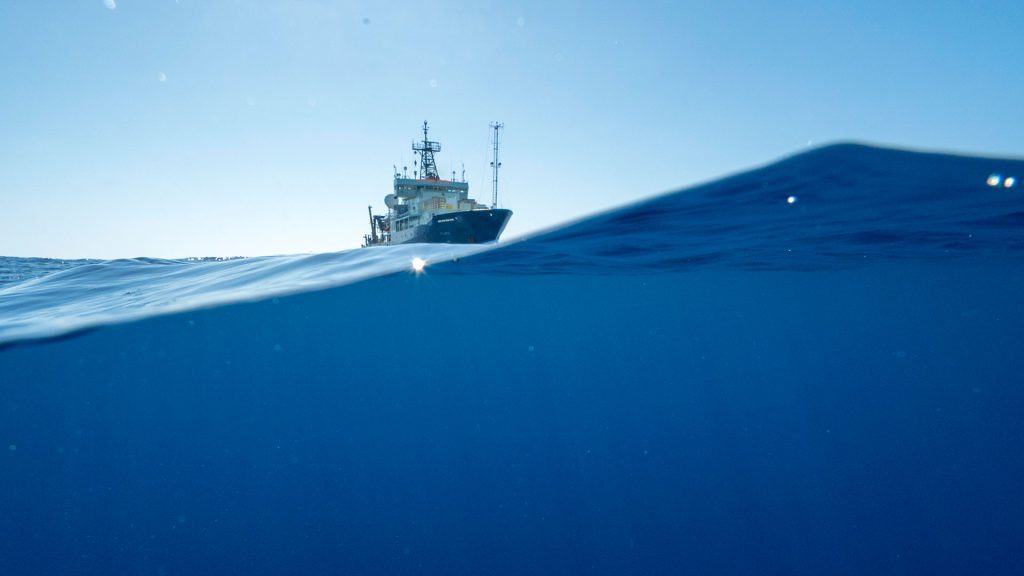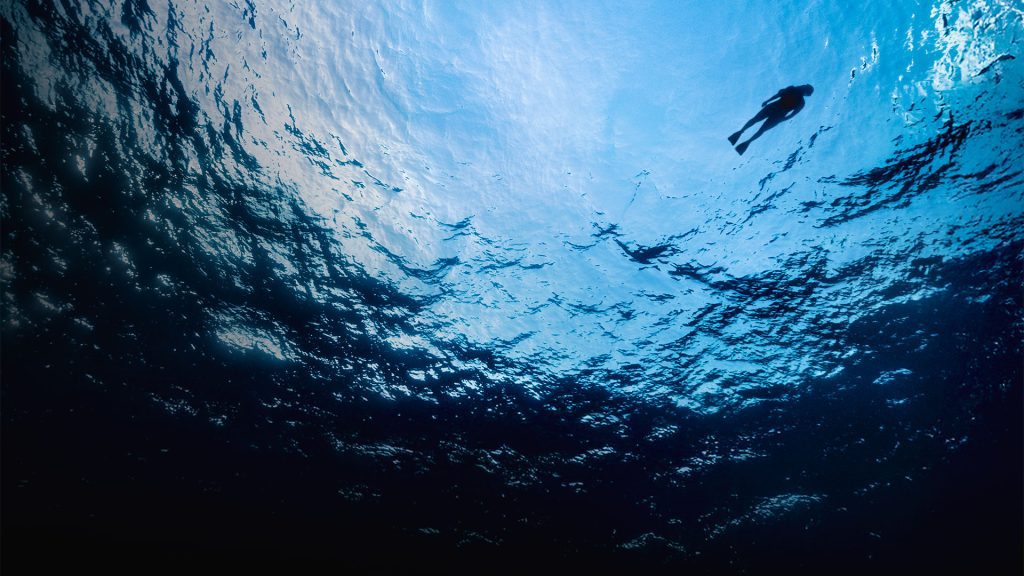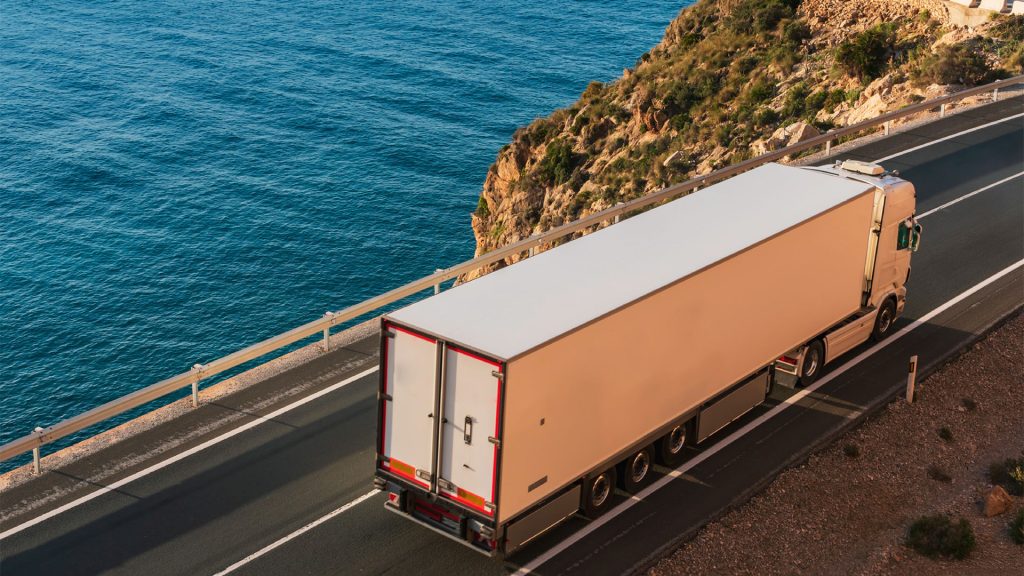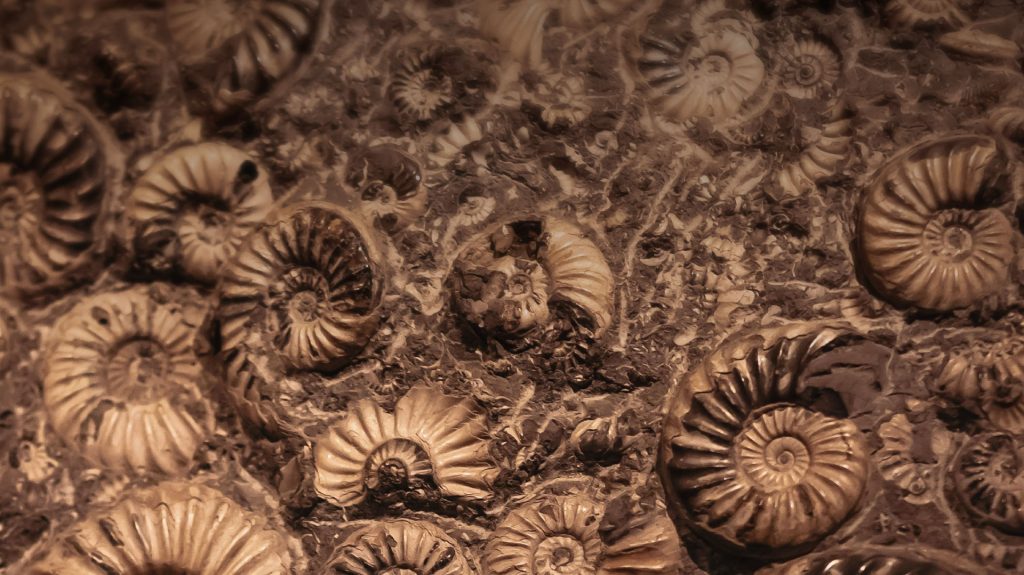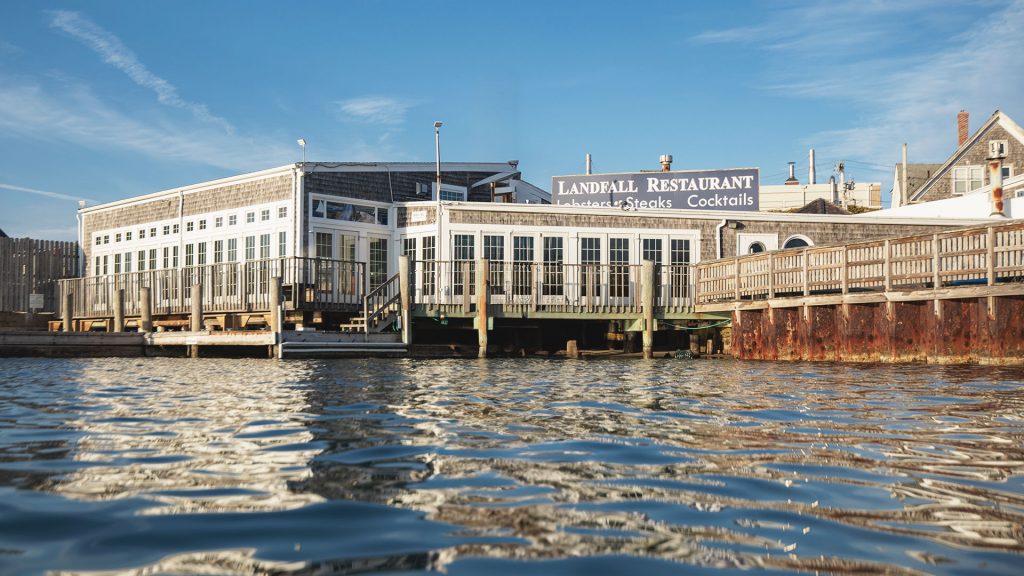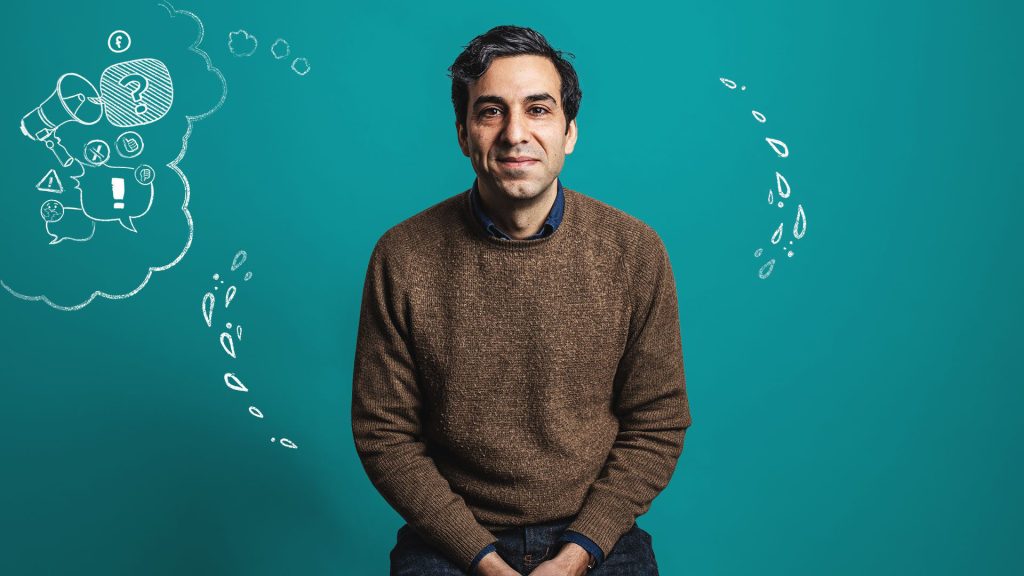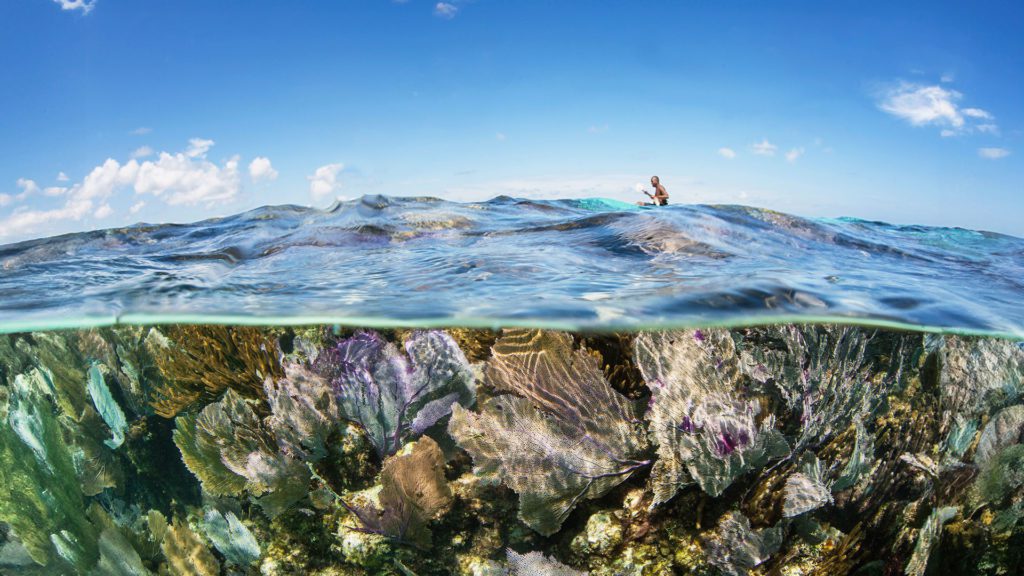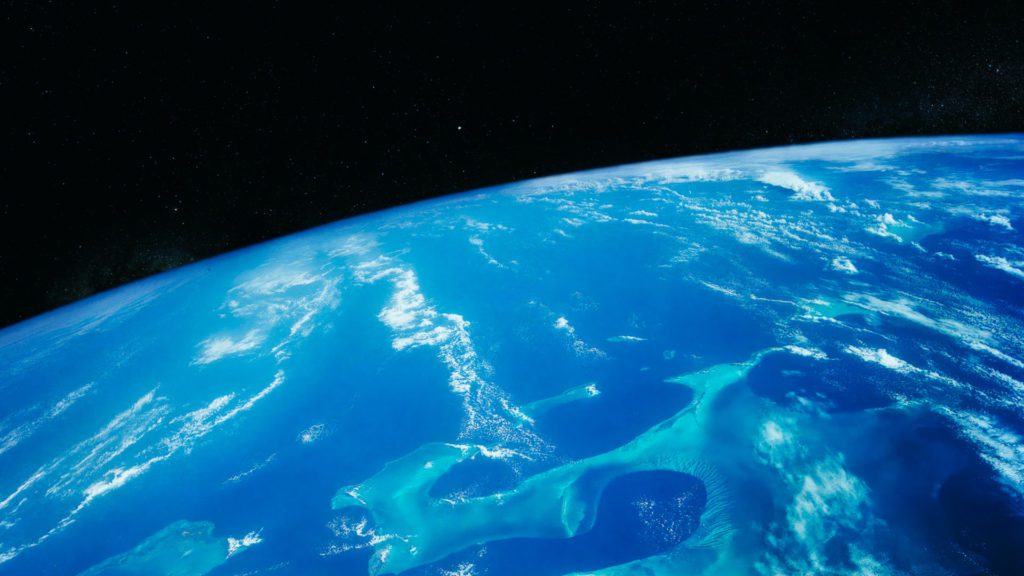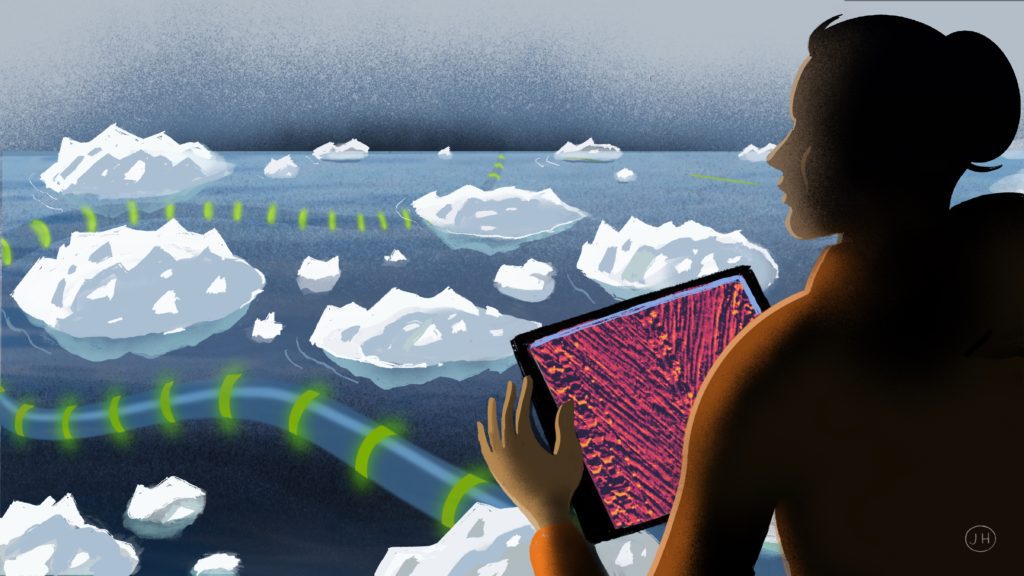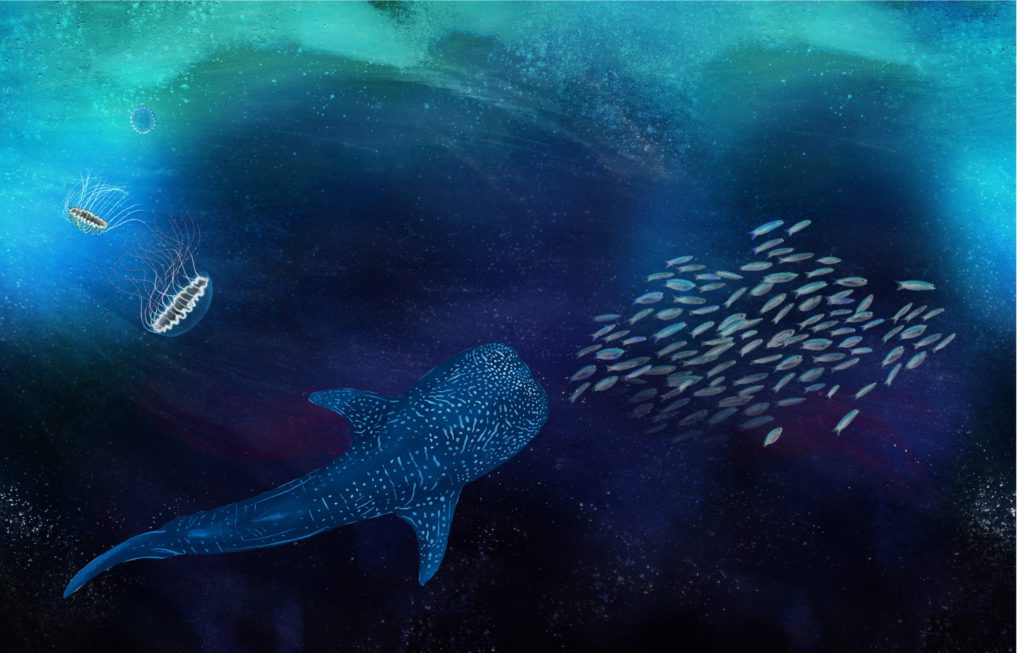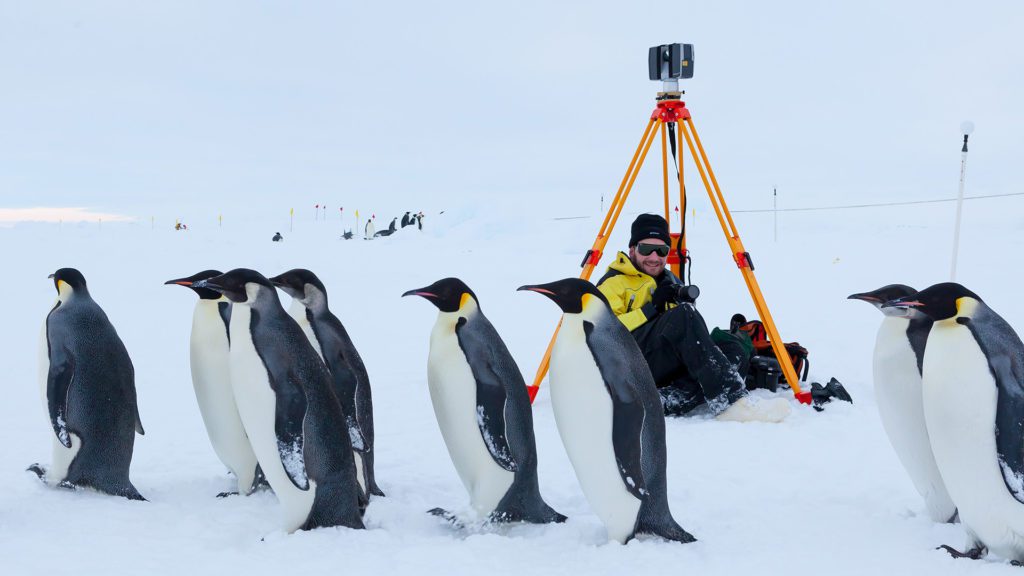Confront Pollution and Climate Impacts
Impact Goal
CONFRONT
POLLUTION AND
CLIMATE IMPACTS
CONFRONT
POLLUTION
AND CLIMATE IMPACTS
The ocean is under threat.
Pollution and a changing climate are disrupting ocean ecosystems and driving precious species to extinction. Today, ocean science and technology are creating new and better ways to reduce human impacts on the marine environment-and unlock the potential of ocean-based climate solutions while guarding against their unintended consequences.
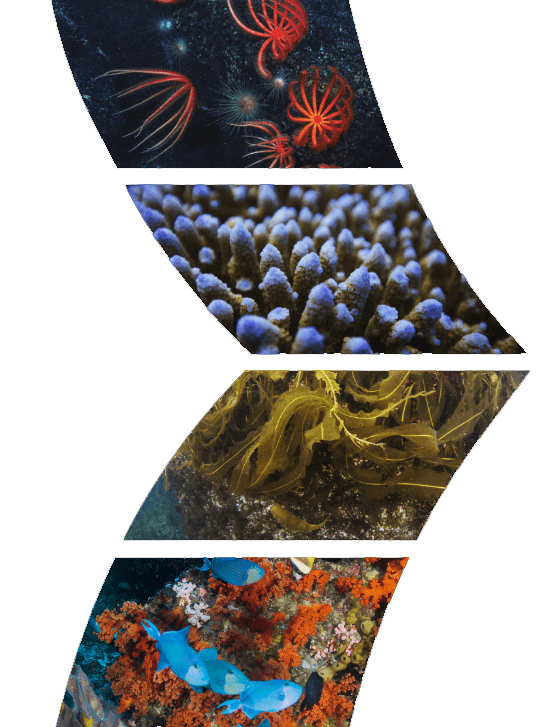
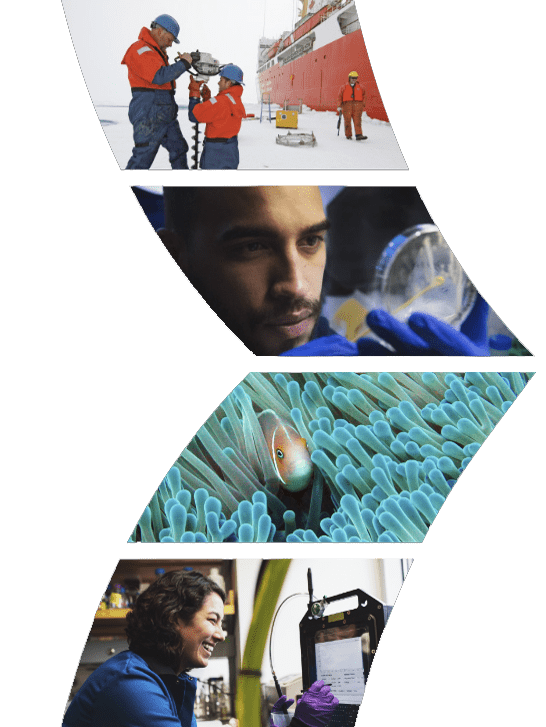

IMPACT STORIES
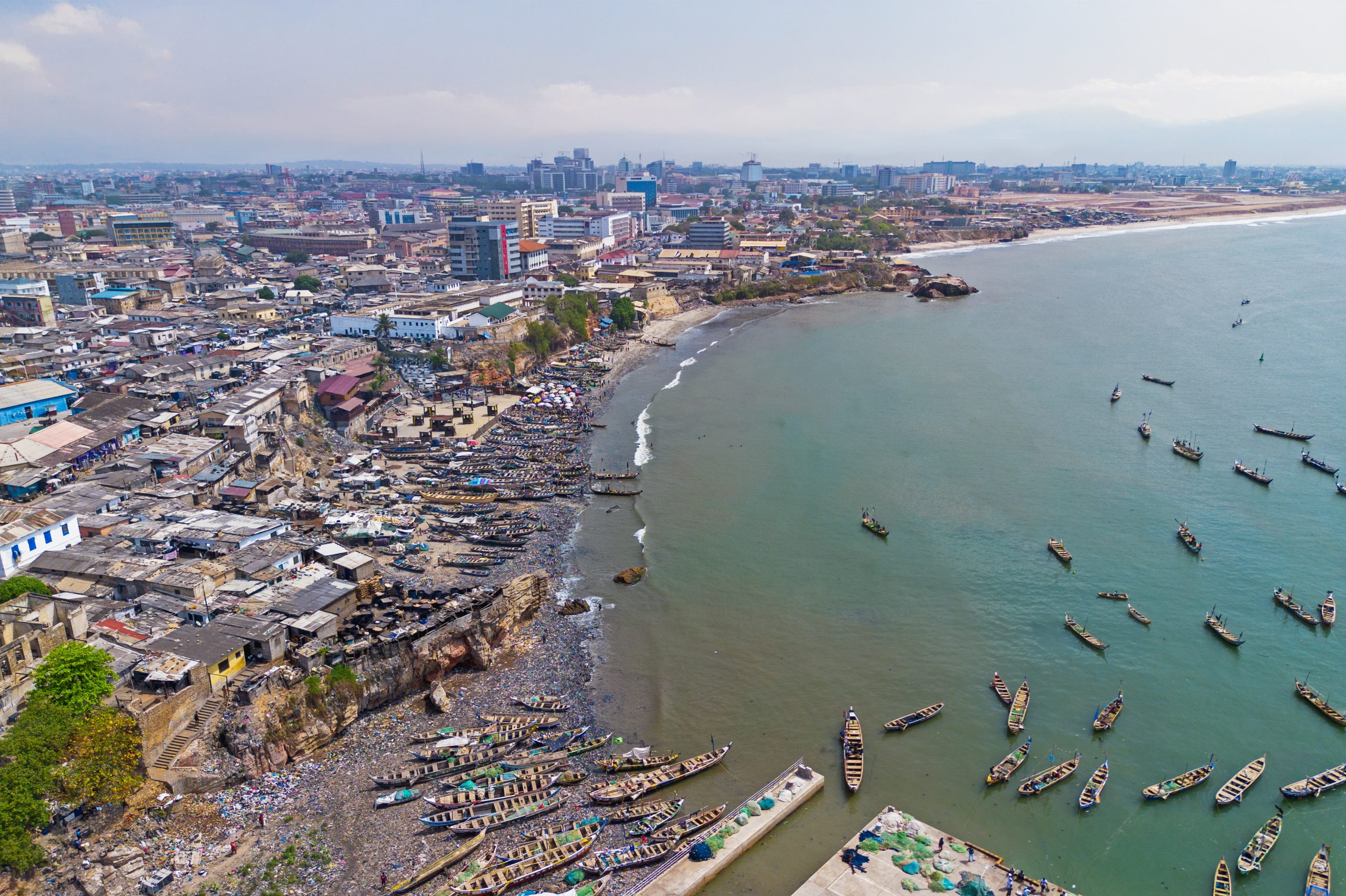
Confronting ocean plastic pollution
Plastic pollution in the ocean has captured international attention. Yet only about one percent of the roughly eight million tons of plastic that enter the ocean each year remains at the surface. The rest consists of "microplastics"-small plastic particles less than ¼ inch in diameter-and "nanoplastics," their even smaller relatives. These tiny, ubiquitous plastic particles can be ingested by marine organisms, including the fish and shellfish we eat.
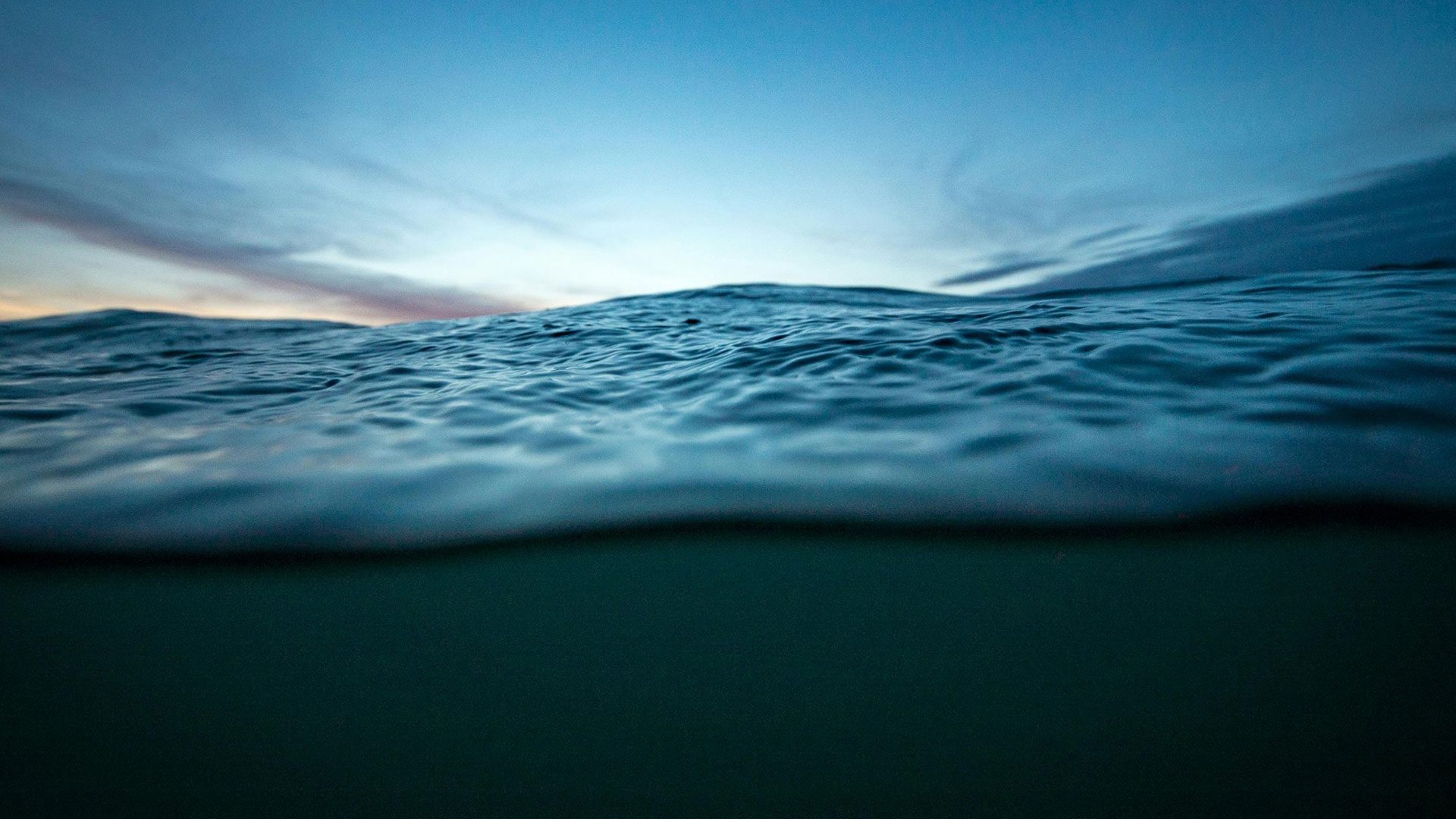
Assessing the risks of ocean-based climate solutions
The deep ocean stores 50 times more carbon than Earth's atmosphere, and it has the capacity to store much more. Industry is already looking to harness and accelerate ocean processes as a potential solution to human-induced climate change. Marine carbon dioxide removal, or mCDR, could vastly enhance the ocean's natural ability to absorb atmospheric carbon, but the impacts of such a large-scale intervention on ocean life, processes, and ecosystems are not yet known.
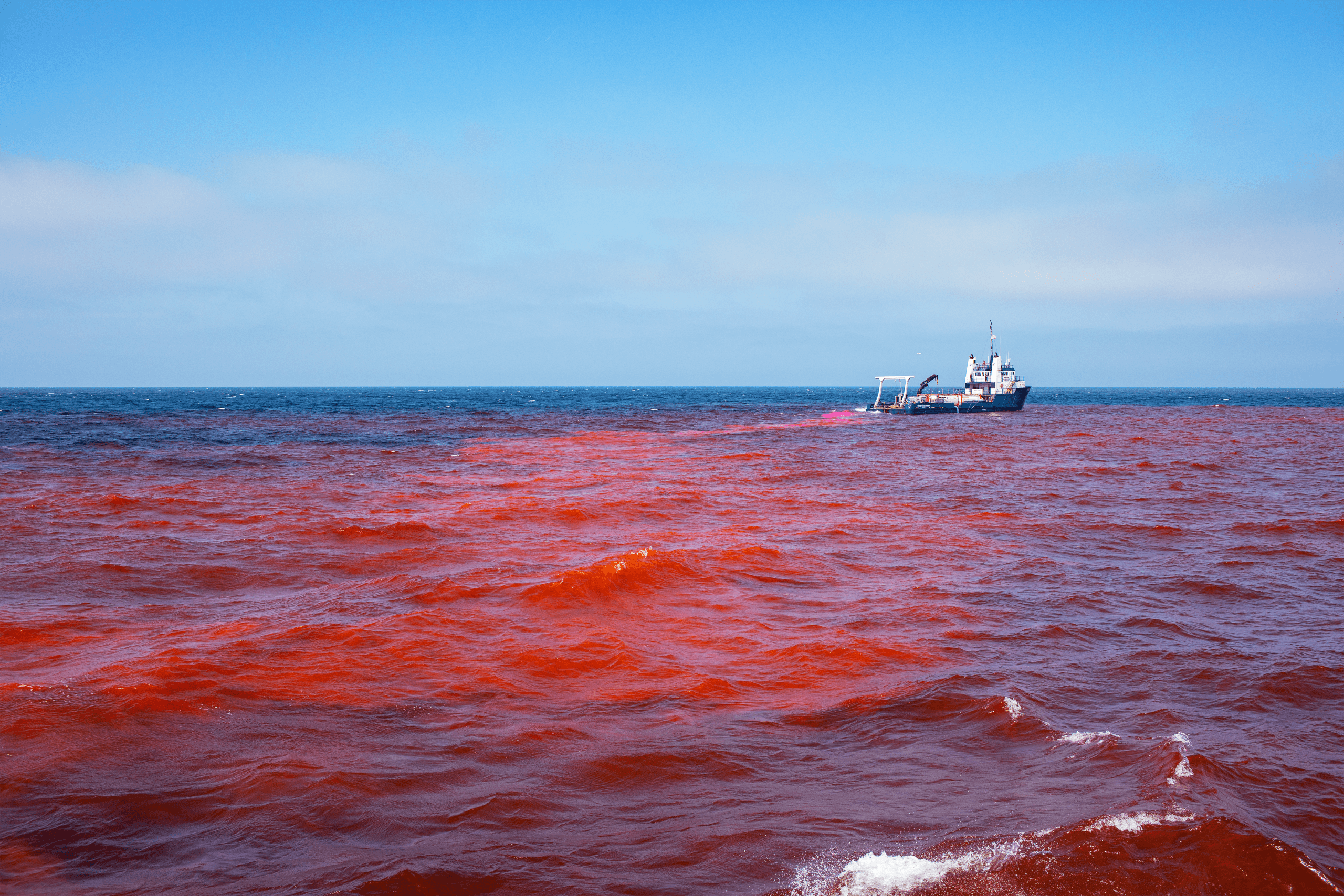
Unlocking the potential of ocean chemistry to combat climate change
The ocean naturally takes up massive amounts of atmospheric carbon dioxide, which can cause seawater to acidify, adversely affecting ocean health. WHOI is assessing a technique known as ocean alkalinity enhancement (OAE) as a potential way to accelerate the ocean's ability to take up carbon dioxide while balancing ocean chemistry at the same time.
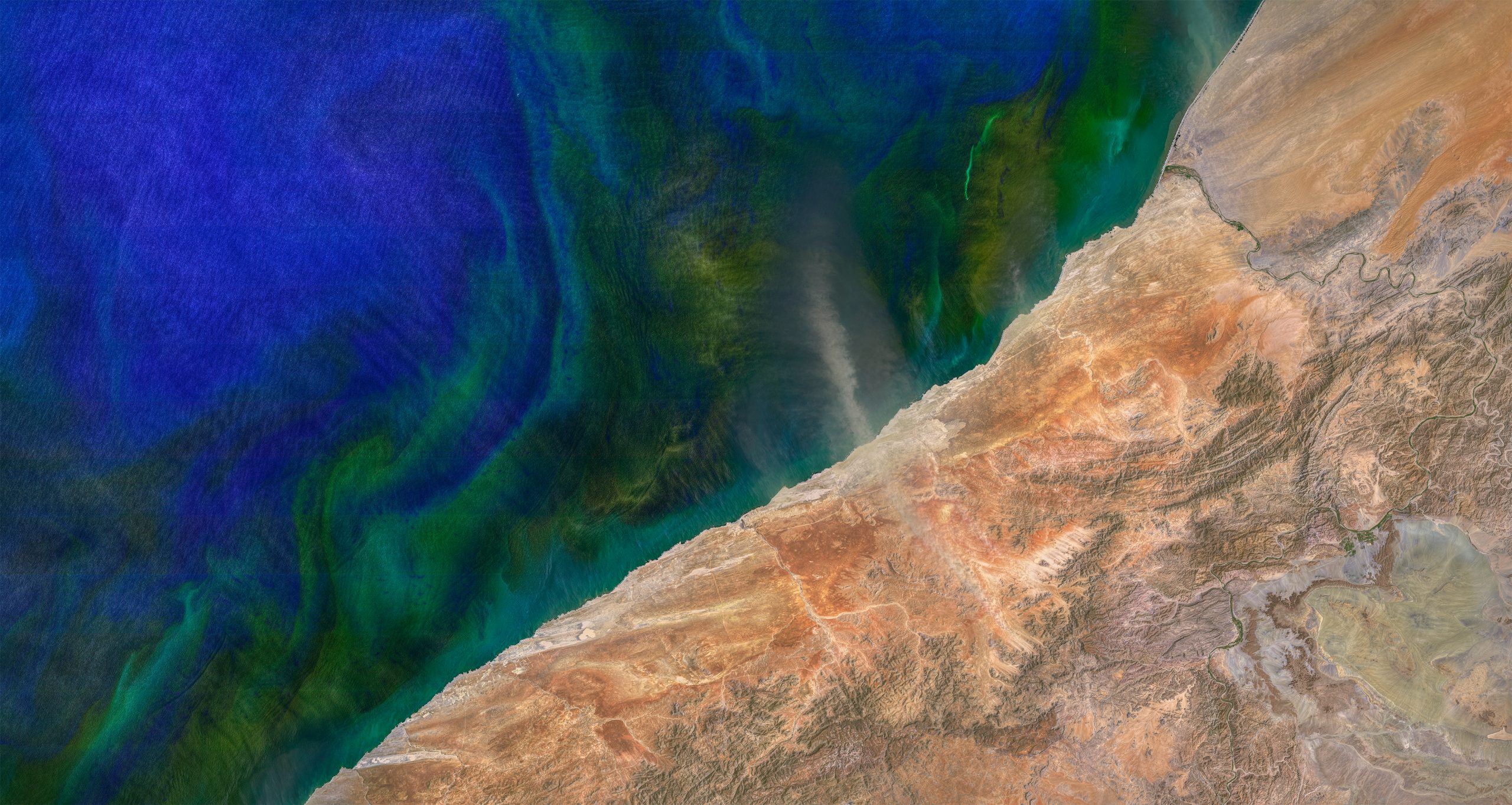
Fertilizing the ocean to enhance natural carbon capture
In a few key parts of the ocean, biological activity-and therefore, the uptake of carbon dioxide from the atmosphere-is limited by a lack of iron in surface seawater. Adding iron could, therefore, help spur growth of tiny, plant-like organisms known as phytoplankton and increase both their uptake of carbon dioxide and the amount of carbon that ultimately gets sequestered in the deep ocean.

Navigating a world of shifting currents, thinning ice, and rising seas
Nowhere are the effects of climate change as evident as in Earth's polar regions. The Arctic is warming about four times faster than the rest of the planet, and Antarctic sea ice recently retreated to the lowest extent ever measured.
More Stories of Impact
The Ocean (Re)Imagined
How expanding our view of the ocean can unlock new possibilities for life
Harnessing the ocean to power transportation
WHOI scientists are part of a team working to turn seaweed into biofuel
Ancient seas, future insights
WHOI scientists study the paleo record to understand how the ocean will look in a warmer climate
Rising tides, resilient spirits
As surrounding seas surge, a coastal village prepares for what lies ahead
We can’t do this alone
For marine chemist Adam Subhas, ocean-climate solutions don’t happen without community
5 Takeaways for the Ocean from the COP29 Climate Conference
Explore the key outcomes from this year’s UN Climate Conference
The case for preserving deep-sea biodiversity
WHOI biologist Annette Govindarajan offers her takeaways from the COP16 UN Convention on Biological Diversity in Colombia
Counting on Corals
As struggling reefs put a squeeze on Belize’s Blue Economy, could heat-tolerant corals be the answer?
30 by 30: How do we get there?
Researchers contribute to a bold initiative to conserve 30% of the global ocean by 2030
A cabled ocean
Internet cables on the seafloor could advance how we track changes in the Arctic
The ocean gets a fresh look at UN Climate Conference
A peek inside the Ocean Pavilion’s immersive spaces
Experts gather to discuss the ocean’s super-powered carbon pump
Morss Colloquium focuses on the ocean’s role in moving carbon out of the atmosphere and into the depths
Dancing with Data
Diving into the ocean-themed movements of the Boston Ballet’s “La Mer”
Four wins worth recognizing this World Ocean Month
Amid a sea of environmental issues, these four victories spark hope for the ocean’s future
The Ocean (Re)Imagined
How expanding our view of the ocean can unlock new possibilities for life
Harnessing the ocean to power transportation
WHOI scientists are part of a team working to turn seaweed into biofuel
Ancient seas, future insights
WHOI scientists study the paleo record to understand how the ocean will look in a warmer climate
Rising tides, resilient spirits
As surrounding seas surge, a coastal village prepares for what lies ahead
We can’t do this alone
For marine chemist Adam Subhas, ocean-climate solutions don’t happen without community
5 Takeaways for the Ocean from the COP29 Climate Conference
Explore the key outcomes from this year’s UN Climate Conference
The case for preserving deep-sea biodiversity
WHOI biologist Annette Govindarajan offers her takeaways from the COP16 UN Convention on Biological Diversity in Colombia
Counting on Corals
As struggling reefs put a squeeze on Belize’s Blue Economy, could heat-tolerant corals be the answer?
30 by 30: How do we get there?
Researchers contribute to a bold initiative to conserve 30% of the global ocean by 2030
A cabled ocean
Internet cables on the seafloor could advance how we track changes in the Arctic
The ocean gets a fresh look at UN Climate Conference
A peek inside the Ocean Pavilion’s immersive spaces
Experts gather to discuss the ocean’s super-powered carbon pump
Morss Colloquium focuses on the ocean’s role in moving carbon out of the atmosphere and into the depths
Dancing with Data
Diving into the ocean-themed movements of the Boston Ballet’s “La Mer”
Four wins worth recognizing this World Ocean Month
Amid a sea of environmental issues, these four victories spark hope for the ocean’s future
Giving Opportunities
What will your Impact be?
Support the ideas, people, and tools solving global ocean challenges.
Protecting the ocean
starts with science.
Together, we can accelerate the search for solutions and expand the frontiers of scientific discovery—for our Ocean Planet.


